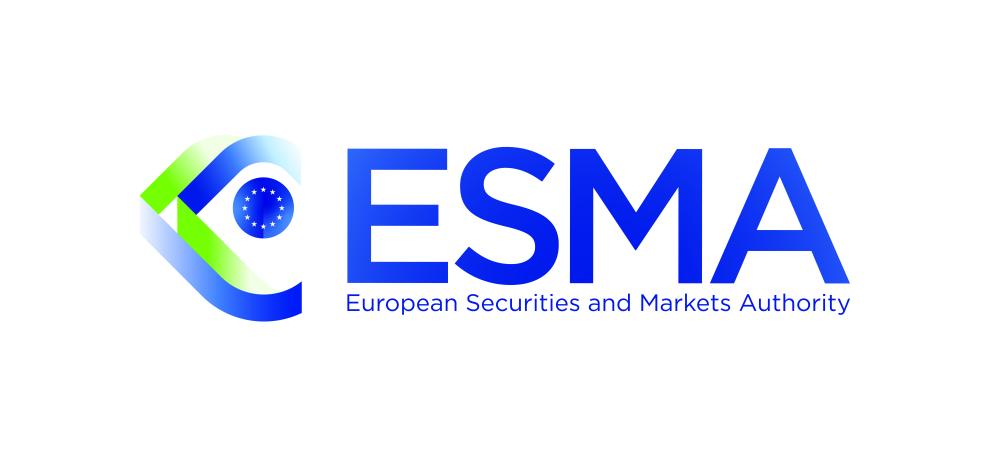One of three regulatory authorities controlling the financial environment of the European Union and Markets Authority (ESMA), has released the results of its third consultation package detailing crypto regulatory actions under the Markets in Crypto Assets (MiCA) framework.
Under current MiCA regulations, the ESMA recommended that miner-extractable value (MEV), an arbitrage technique based on re-ordering transactions inside a block to generate the maximum profit margin for validators and third-party builders, be considered a type of market abuse in part of its suggested guidelines.
“MiCA is clear when indicating that orders, transactions, and other aspects of the distributed ledger technology may suggest the existence of market abuse, e.g., the well-known Maximum Extractable Value (MEV),” the paper’s Section 19 states, “whereby a miner or validator can take advantage of its ability to arbitrarily reorder transactions to front-run a specific transaction(s) and thus make a profit.”
Senior director of EU strategy and policy at Circle Patrick Hansen criticized ESMA’s policy recommendations, pointing out that following the suggested rules would be difficult and unworkable.
“Almost all regulated crypto firms in the EU (exchanges, brokers, etc.),” the policy expert clarified, “would need to detect and report instances of MEV through sophisticated “suspect transaction or order reports.” The ESMA STOR template by itself comes in six pages.”
Hansen ended by urging all those engaged in MEV procedures to provide comments on the ESMA’s suggested regulatory revamp by the June 25 deadline.
MEV remains a challenge in distributed finance as industry titans and network builders provide original answers to the problem.
Vitalik Buterin, a co-founder of Ethereum, recently discussed a multifarious method to address Ethereum’s MEV issue, comprising MEV minimization, inclusion lists, MEV quarantine schemes, and lowing node hardware requirements.
Buterin clarified that although MEV was a problem that needed mitigating rather than a complete prohibition on the practice, given enough space to let protocols like Cowswap operate and therefore shield consumers from the hidden tax of MEV.


